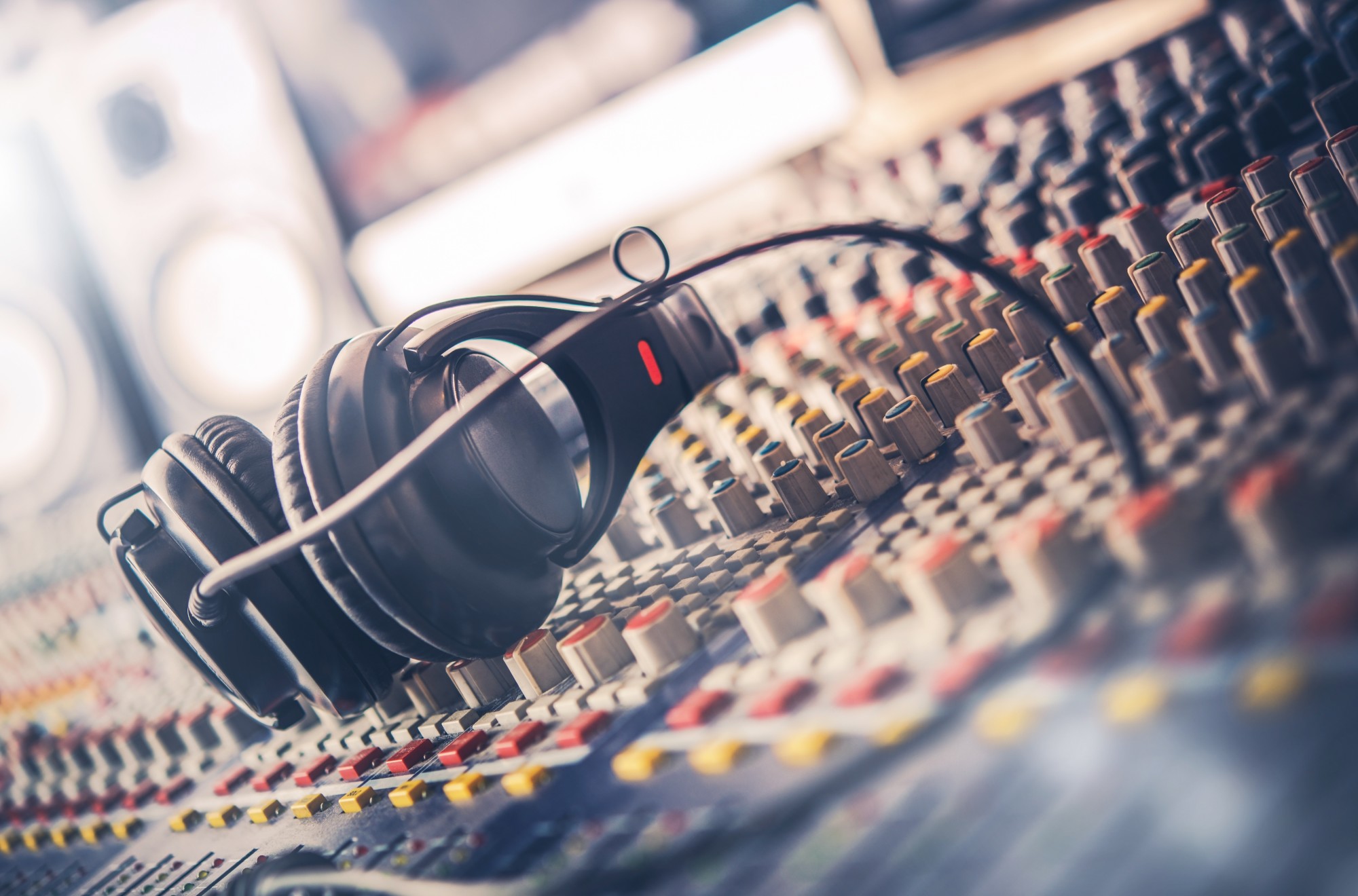Do you want to know how to produce a song?
The cost of renting studio time to record a song or album is about $400-$500 per day. As you may have guessed, most musicians can’t afford to put down the money to record in a professional studio. For that reason, you’re seeing more people invest their money and time in home recording.
Any music production requires some technical expertise, but mixing is where you really need to know what you’re doing. If you’re going to end up with a great finished product, you need to learn how to mix a song.
In this post, we’re going to give you a few crucial pointers to get you on the path to a great mix. It may not be like going to Abbey Road, but keep reading and you’ll have something you can be proud of.
Prep Your Mix
Whether you’ve recorded all the tracks for your single or gotten a free beats download, you’ll want to upload all of the WAVs into your DAW and prep your mix. Prepping involves organizing files so that the actual mixing process is a bit more streamlined.
Arrange things by instrument, rename all the files, color code them, set up your mix busses, do some gain staging, and label song sections. Eventually, you’ll figure out your own system that you’ll end up doing every time.
Balance and Pan
Before you start playing with the sound files, balance and pan everything so that it sits nicely together. This is the simplest, but most important part of mixing.
One thing to keep an eye on is your overall volume. You don’t want things clipping right off the bat, which is why you gain staged all of the files beforehand. Give yourself lots of headroom.
Compression and EQ
Compression squashes sound files to make them more consistent and easier to work with. If you want something to sound present in your mix, you’ll almost always go to a compressor first.
EQ, on the other hand, allows you to situate different elements across the frequency spectrum to give you a full-sounding mix. Different instruments have different optimal frequencies, but often make noise across the entire spectrum. EQ allows you to emphasize and filter out certain frequencies for each instrument so that they can sit in the best possible spot.
Effects
After you’ve compressed and EQ’d everything, you can start adding effects like reverb, delay, chorus, and saturation (among others). These are the things that bring your track to life, giving it character and space — the most exciting part of mixing music.
It’s important to start by using effects in a subtle way. Gradually bring them into the foreground until you’re hearing what you want to hear.
Testing
With your mix almost complete, you’ll want to test it out on a few different sets of speakers and headphones. Unless you’re working with nice, flat monitors, you’re probably going to hear things differently on different speakers.
Take notes and make small adjustments each time you listen to your mix on a new set of speakers. Eventually, you’ll have the mix in a place where it sounds similar no matter how you’re listening to it.
Now That You Know How to Mix a Song…
Now that you know how to mix a song, you can move on to mastering. Mixing and mastering are what bring a song to life after you’ve recorded it. Use these tips and try your hand at mixing your own music, but remember, you won’t be a master mixer right away — practice makes perfect.
If you enjoyed this, come back for more on technology and entertainment.
